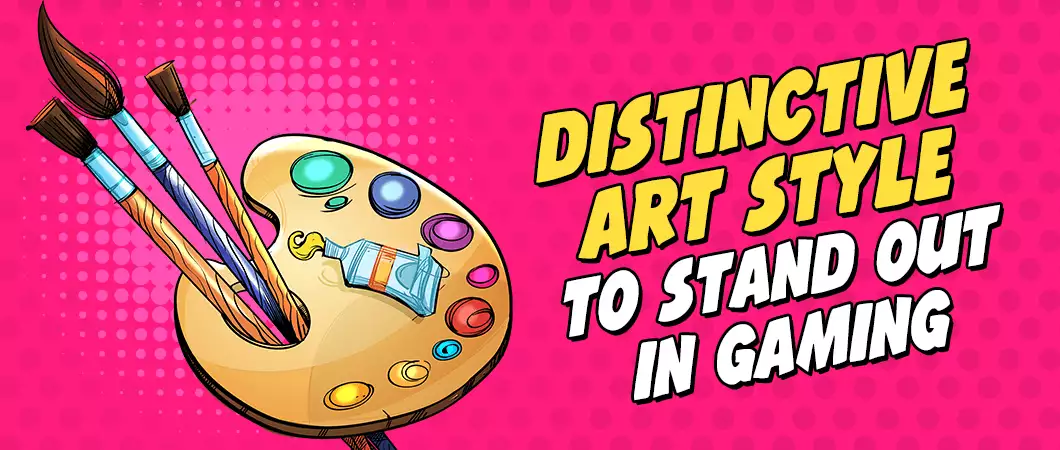Brands Art Style

Art and business have a longstanding relationship. Look back through the decades and you’ll see that many of the world’s leading brands have not only used art to promote their products, but influence artists. In a 2018 article by The Atlantic, Samantha Culp described the likes of Nike, PepsiCo, and BMW as the new patrons of art. These companies have all put money into grassroots art and, in turn, used the fruits of these labours to give their products new and engaging looks.
A great example of this symbiotic relationship between business and art is PepsiCo’s Arto LIFEWTR brand. When the product was launched in 2016, PepsiCo offered up the clear bottle as a canvas for aspiring artists. Having the chance to showcase their work on a global product is a huge opportunity, and the company has also followed this up with donations to art centres and projects such as the Brooklyn Museum.
Of course, the project has been mutually beneficial. Arto LIFEWTR has a distinctive look that helps it stand out on the shelves. However, beyond that, there’s a sense of anticipation around the brand. What artistic creation will appear on the bottle next? That’s a nice spot to be in for a brand that wants to separate itself from the crowd. Of course, using art to enliven a product, carve out and niche and prick the minds of consumers is one that’s common in all industries. Online gaming is no different.
Art Defines the Landscape of Gaming
Hits such as Fortnite and Call of Duty rely on art and design in a number of ways. On the surface, the look of each game speaks to their appeal. The realistic style of Call of Duty is one that hardcore gamers love. In contrast, the cartoon-like, diverse environments created by the team at Fortnite HQ have opened the game up to a much broader audience. However, beyond pure aesthetics, art and design play into the overall gaming experience. According to Dave Curd, world art director at PlayerUnknown Battlegrounds, style and layout determine how a game flows.Taking first-person shooters as an example, Curd says that cities and environments need to be cleverly spaced apart. If things are too close together, there’s little incentive to explore, which is a fundamental concept in these games. Therefore, in this sense, the totality of artwork in a video game matters. Too much, and people will lose interest. Not enough and people won’t be interested in the first place.
The same is true in online bingo. On the face of it, the pop art style used here at Wink Bingo gives us a unique look. Online gaming and gambling are competitive industries but a lot of the sites have a similar look. By going in a completely different direction and calling on a well-known style of art, we’ve managed to bring something new to the party. However, what our design choices have also done is influence our games.
Take a look at our bingo games and each one has a different theme. Superficially, there’s a different pop-art character for each title. However, the influences run deeper than that. For example, by combining art and the idea that online bingo is relaxing, social, and enjoyable, we’ve come up with themed rooms. The 75-ball game “Me Time” features an image of someone at a spa, while Cake Surprise is a play on the idea that bingo is a sweet treat you can enjoy in the evening. Similarly, The High Life taps into notions of glamour, style, and, of course, bingo jackpots. All of these ideas and themes play into and are influenced by our artwork. This, in turn, gives Wink Bingo a distinct look and feel.
Of course, there’d be nothing wrong with letting games stand on their own merits. We recognise that 90-ball bingo is popular around the world, however, by using art and design, we’ve added an extra layer of interest and entertainment to the mix. The same is true when you look at slots. The process of spinning reels and lining up matching symbols is, itself, engaging. Through a combination of anticipation, uncertainty and potential rewards, slots have been popular for decades. However, that hasn’t stopped developers from harnessing the power of art and design.
Where Style and Substance Come Together
Take, for example, Millionaire Genie. This progressive jackpot slot taps into the “three wishes” theme. When you play, you get taken into a digital world where genies, lamps, and mystical elements abound. What you also get is a selection of features and bonuses that link up with the artwork. For instance, when you roll in three bonus symbols, a puff of smoke will transport you to a magical dimension. Here, style and substance combine as the aim of the bonus game is to choose magic lamps and have your wishes granted. Fundamentally, this is known as a mystery pick’em round, with many slots showcasing this feature.However, in Millionaire Genie, it looks and feels different because you’re making wishes. This is a prime example of how art can influence the mechanics of a game and, in turn, make the experience feel unique. This concept bleeds into every part of a product. We use the pop art style to enrich the look of our site and give each bingo game a theme. However, it doesn’t stop there; look through our adverts or promotions and these style choices are bold as day.
Art can be a powerful tool when it’s used in the right way. Art can create a brand identity, it can enrich products and give create aesthetics and atmosphere, and can capture the eyes of the general public. More importantly, it can enrapture the mind. For all of these reasons, we’ve made art as much as part of our bingo platform as great games, features, and promotions.








